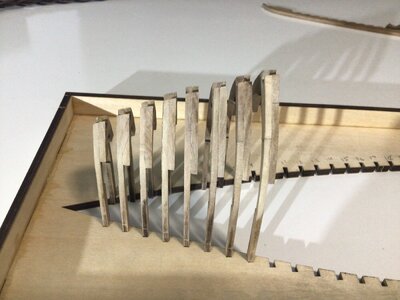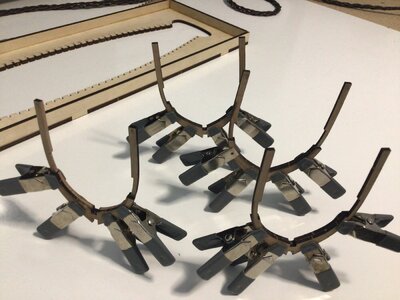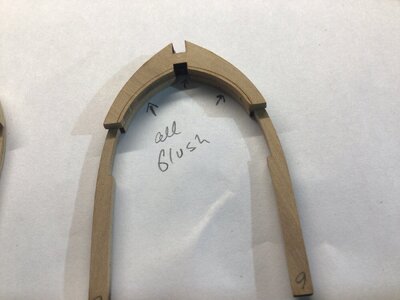- Joined
- Jan 9, 2020
- Messages
- 10,543
- Points
- 938

My reasoning was simply that if the beveling was done accurately there would be the minimum fairing required. But Don certainly has a point as well. On a POB build, for instance, I would most certainly leave the char. You can do both and see which one works best for you.








